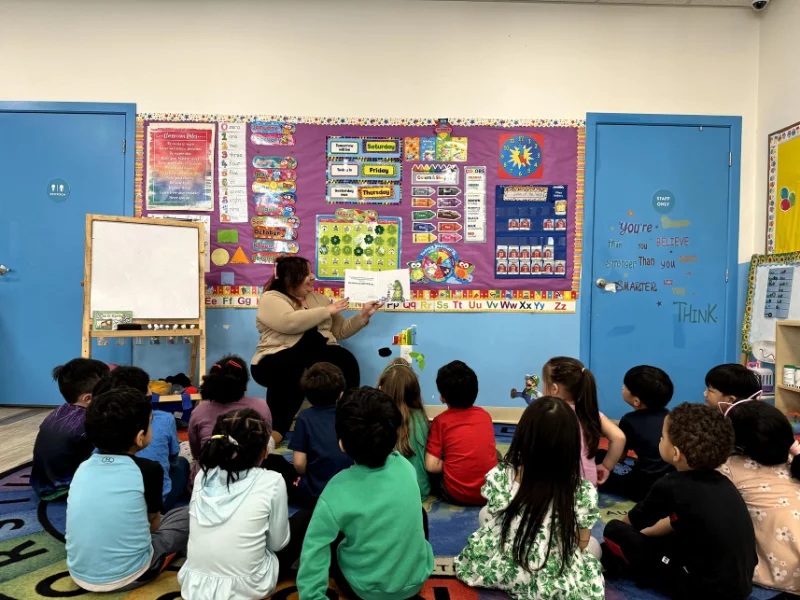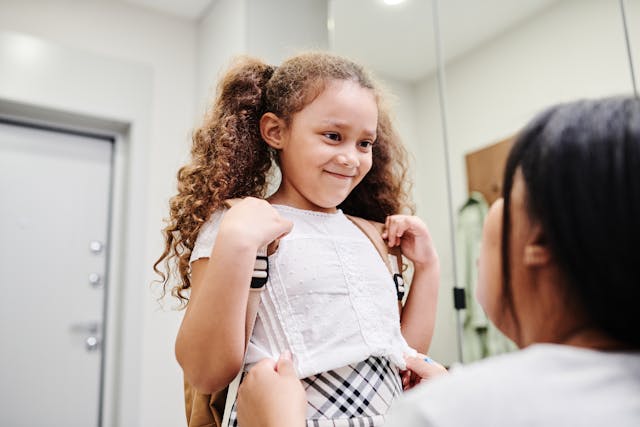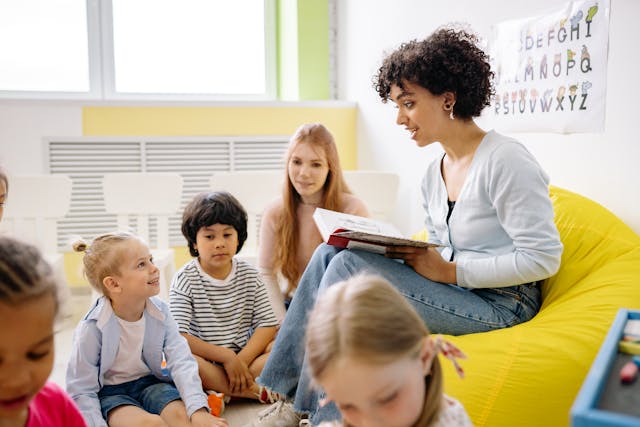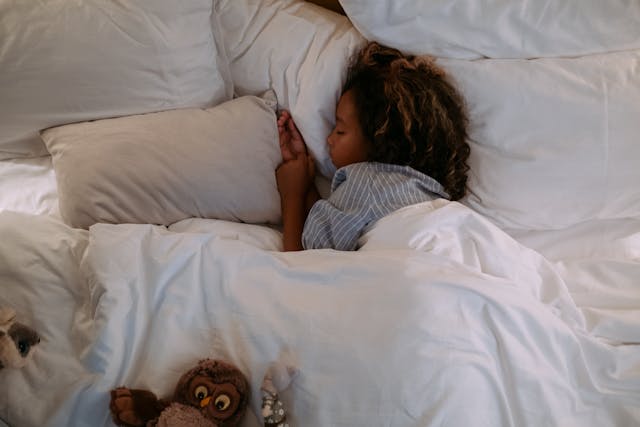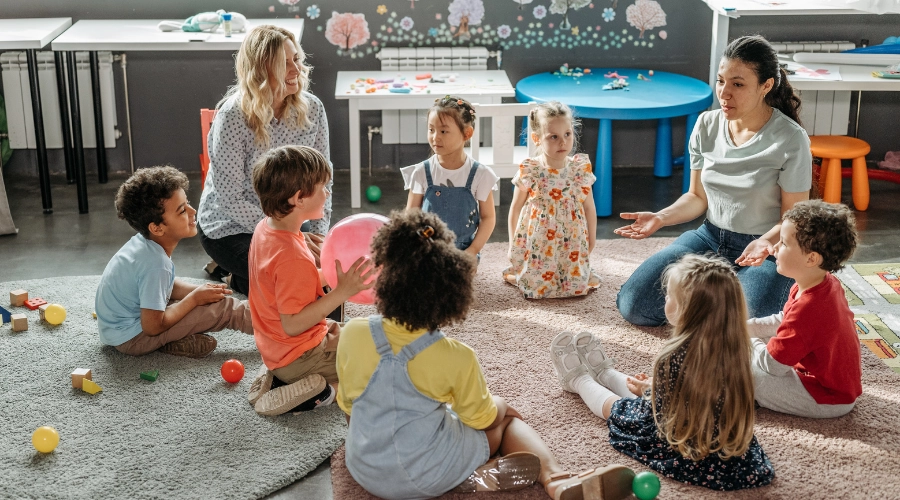We know that putting your baby, toddler, or preschooler in the care of someone new is a big step. We get it. You’re probably feeling all the big emotions right now, like worry, guilt, and maybe even relief that you’ll get the help you need.
This year will be all about learning how to read and write letters, sounds, and words. You’ll be thrilled to see her take her first steps toward correct reading and writing, especially when these things are linked at school and at home. This year, help your kindergartener have fun with language in everyday life, and you’ll see her vocabulary grow like crazy.
She will also learn some important math basics this year, and there will be a lot of ways to help her do so. Educational standards vary between states, districts, and schools, and no two children learn at exactly the same rate, so don’t worry if your child doesn’t learn to read at the same time as the neighbor’s child.
The sounds of letters
Susan Quinn, a reading specialist and elementary school teacher at Saint Brendan School in the Bronx, New York, says, “Reading to your kids at home not only gets them interested in reading, but it also helps them in school.” Reading together makes friends and is fun. It also improves focus, concentration, and vocabulary.
The New Einstein’s Academy has a program for kids that is new and different. The curriculum is meant to give children more power through social interaction, play, discussion, reflection, and creativity. It is Chicago’s best preschool. New Einstein’s Academy has a full schedule of free play, hands-on activities, learning, and outdoor activities every day. Every other month, the preschool also goes on field trips.
Quinn says. Quinn says that Dr. Seuss’s books are great for this age because they have simple words and rhymes. Children learn by doing things over and over again, so read the same favorite books to them over and over again, ask them questions, and get them to say simple words out loud. Tell her to say the words she sees on street signs, billboards, and computer screens throughout the day, or have her look through a magazine for frequently used words.
They will also write short, simple sentences like “The cat ran home.” Keep a special box or bin at home filled with writing materials like crayons, pencils, markers, paper, and notepads so your child can practice writing simple sentences about special things he’s done or seen during the day. Ask him about what he’s written, and have him read it out loud. But his writings on the fridge or on the wall of her bedroom to encourage her.
Kids this age will learn to recognize, write, sort, and count objects up to the number 30. They will be able to add and subtract small numbers (add with a sum of 10 or less and subtract from 10 or less). This focus on addition and subtraction will continue through the second grade.
Numbers and Keeping Track
Tell your kindergartener to look in magazines and newspapers for the numbers 1 through 30. He can cut them out, glue them on paper, and put them in the right order. Play “What comes next?” when you’re in the car or waiting in line. “Give your child a number and ask him to tell you what number comes next. Ask him how many stuffed animals he has at bedtime, and how many books he has about dogs. How quickly can you count? “Take away two of these books and ask, “How many are left? ”
- Kids this age will learn to recognize, write, sort, and count objects up to the number 30.
- They will be able to add and subtract small numbers (add with a sum of 10 or less and subtract from 10 or less). This focus on addition and subtraction will continue through the second grade.
- Kids will learn how to name and describe common shapes like circles, squares, triangles, and rectangles. They will also learn how to recognize, sort, and group things by color, size, and shape.
Telling your child what time it is while doing everyday things will help them understand what time is. Use words like morning, noon, night, yesterday, today, and tomorrow and explain what they mean. Make a timeline together that shows a normal day. Draw pictures of everyday things and write the time of day next to each one.
Five- and six-year-olds can also name the four seasons. Use a special weather calendar with your child to track changes in the weather and teach them how the seasons change. Find pictures of the seasons, like colorful leaves, snow, and flowers in bloom, and talk to your child about what he or she sees. Talk about what you can wear together in each season.


